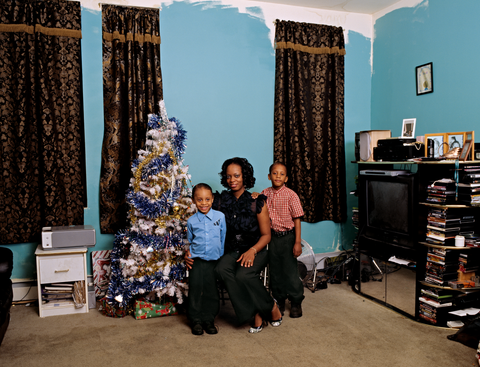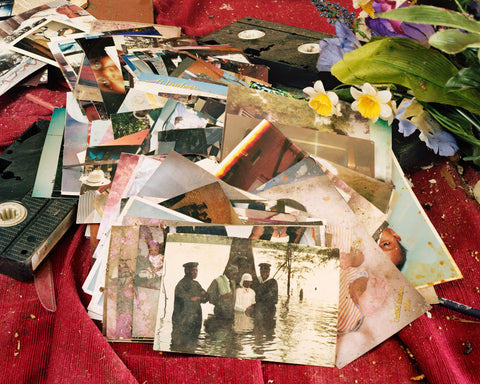
The taxi deposits Janet on Water Street around 3 a.m. She discovers she is locked out, having misplaced the key. Rather than search for a payphone and disturb her friend, she meanders south toward Wall Street, photographing under the low glow of streetlamps even though she knows it won’t yield much. At 6, with the sun finally awake, she boards the Staten Island ferry, another way to kill time. On the front deck she notices a couple dressed in yesterday’s clothes, deep in an embrace, so taken with each other they don’t register Janet taking their photograph. Back in Manhattan, captain of her footpath, it’s easy to assume that the city’s grid system imposes a set of hard-and-fast rules. But as Janet sets out again without a prescribed route or destination, wending her way toward Union Square or to a museum uptown, the city reveals itself as a foreign language full of grammatical exceptions and disruptive punctuation marks. West 5th Street does not exist. Houston is pronounced Hows-tonne. The intersection at West 4th, Christopher, and 7th Avenue South resembles an asterisk that interrupts the fluency of traffic. The subway transfer at 14th Street—that seemingly endless em-dash of a tunnel—defies any hope of connection to another train. This is the dialect of a place that actively impedes the proficiency of non-native speakers.

“New York is a city that talks. And talks and talks and talks,” write Rebecca Solnit and Joshua Jelly-Schapiro in Nonstop Metropolis. “Not only in different tones... but also in many different languages. Language can bridge from the old to the new but it can also be used as a drawbridge to keep outsiders at bay.” The confusion of tongues is just one reason why New York is the kind of city that, on the face of things, should not work. Yet its chorus of strangers, with their capacity to band together, knows how to harmonize—as well as how to yell at each other from their windows and fire escapes—in spite of language barriers. If there is such a thing as a mother tongue shared by every New Yorker, Solnit and Jelly-Schapiro believe it would be ambition.
“I am reminded of this theory on a flight to New York in May of 2021, preparing to set foot in the city for the first time since departing JFK on March 7 the year before, hours after Governor Cuomo declared a state of emergency in response to the rise of COVID-19 cases. As the plane descends, the passenger in the aisle seat leans toward the window, points to one of many tall buildings near Wall Street, and then tells our row that she’ll be starting work there on Monday. She is young, ponytailed, brimming with nervous excitement and ready for her life to begin somewhere on the ground below us. She has come to fashion her identity as a New Yorker, and to plan a career. The height of her ambition rivals our current altitude; from where she sits, at 20,000 feet, the possibilities seem limitless. I recognize this as “the sense, so peculiar to New York, that something extraordinary would happen any minute, any day, any month,” a belief that resonated with me in 2003 when I first read it in Slouching Towards Bethlehem, a book that came recommended by the friend who helped me land a job in the city all those years ago.

I understand now that the limitless ambition characteristic of New Yorkers might actually be “powered by a sociopathic illusion,” as Zadie Smith says. The city can turn its back on you. I know now, after countless cross-country trips during the past decade, that the red eye to New York is never really practical, even if it saves you the price of a hotel room for a night. I tend to believe that bodegas are insufficient conveniences in a metropolis where in-unit washer-dryers are scarce. I could tell her these things, but instead I wish her luck as we alight.”

Linen bound hardback with tip-in
21 x 25cm, 104 pages
ISBN 978-1-913620-38-7
October 2021
€45 £40 $50





